


The eBRAIN laboratory in the Division of Engineering at New York University Abu Dhabi headed by Prof. Muhammad Shafique is working in the area of research and development (R&D) of advanced machine learning (ML) technologies, security aspects, and their embedded implementation in real-world applications from different fields like autonomous systems, healthcare, robotics, etc., with a focus on high performance and energy efficiency, along with quantum computing technologies
Prof. Dr. Muhammad Shafique
Director eBRAIN Lab
Vision
Professor Muhammad Shafique of NYU Abu Dhabi envisions a future transformed by brain-inspired computing and AI technology. Heading the eBRAIN lab, his research focuses on creating accessible, intelligent technologies that integrate seamlessly into everyday life, enhancing safety, efficiency, and sustainability. The eBRAIN lab focuses on developing smart healthcare devices that provide critical diagnostics in remote areas to advanced driving aids that ensure safety in poor visibility, all aimed at fostering a sustainable and technologically empowered society that benefits all individuals, regardless of location or economic status. The commitment of our team extends to the integration of advanced technologies into various sectors including healthcare, automotive, and agriculture.
















eBRAIN Lab: Research Portfolio
Application-Specific Accelerator Architectures.
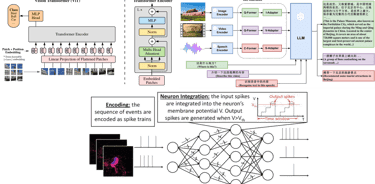

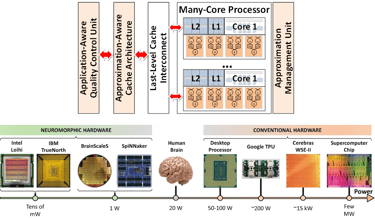

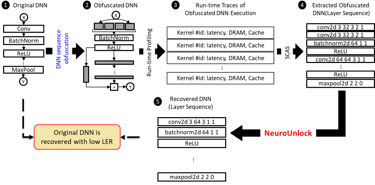

Adversarial and Backdoor Attacks, Model and Data Privacy
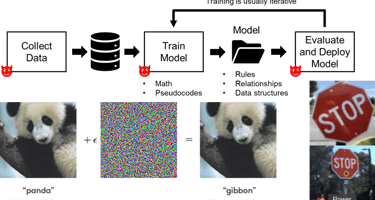

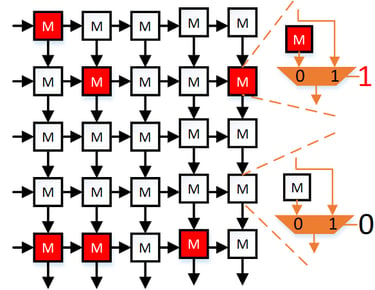



Healthcare, ADAS, Robotics, Surveillance & Security, Predictive Maintenance, etc.
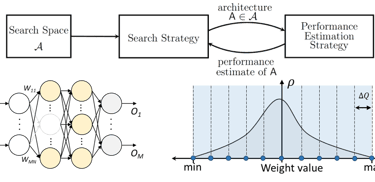

Pruning, Quantization, Neural Architecture Search, Approximation-Aware Training
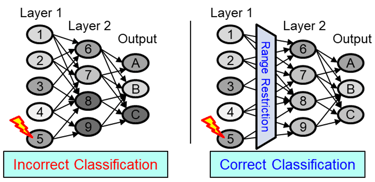

Range Restrictions, Fault-Aware Training, Fault-Aware Mapping and Optimizations








Application-Specific Optimizations/ Approx.
Side-Channel Attack Mitigation, Execution Randomization, DVFS
Processor/Accelerator Customizations, DVFS
GPUs, CPUs, FPGAs, CGRAs, TPUs, etc.
Approximations
Hardware Obfuscation, Logic Locking
Reliability-Aware Synthesis
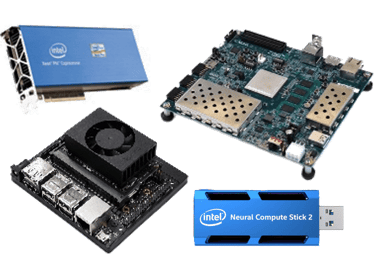

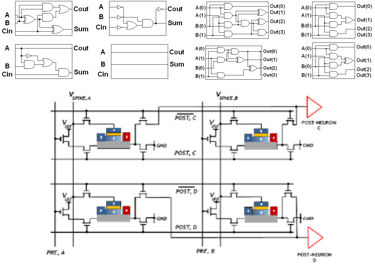



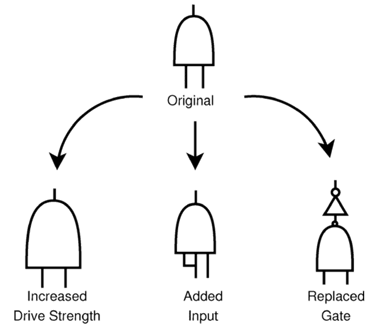

Applications
Efficiency
Security
Reliability
Software
Architecture
Hardware
Projects
Adversarial Attacks on Real-world applications
ADAS Systems
Featured
Adversarial Patch Generation: Develops sophisticated techniques to create adversarial patches that mislead neural network's perception.
Attack on Depth Perception: Adversarial patches can alter depth cues processed by AI, potentially causing misjudgments in distance and object scale that are crucial for safe vehicle operation.
Real-time Defense Strategies: Developing real-time counter-measures to detect and neutralize adversarial attacks that compromise the neural networks.
Enhanced Safety Features: Employs advanced ML algorithms for real-time object detection.
Distance Estimation: Optimized Algorithms to estimate the distance of pedestrians, vehicles, and obstacles.
Performance in Various Conditions: Robust detection capabilities across different environmental conditions including poor lighting and adverse weather.
Autonomous Systems: Features autonomous navigation systems enabling operations in areas unreachable by humans, enhancing safety and efficiency.
Sensor Integration: Equipped with various sensors to gather data and analyze surroundings, supporting both scientific research and practical applications.
Real-world Applications: Ideal for disaster response, environmental monitoring, and exploring hazardous terrains.
Quadrupeds for Exploration



Husky SLAM
Real-Time Localization: ORB-SLAM provides precise and real-time localization for the Husky UGV, enabling accurate navigation and mapping.
Environmental Robustness: Ensures reliable performance in varying conditions, both indoor and outdoor, enhancing mission versatility.
Computational Efficiency: Optimized for real-time use on Husky UGV, allowing quick visual processing and navigation decisions.
Low-Cost and Accessible: MindArm provides a cost-effective solution for mind-controlled prosthetic devices using low-cost surface EEG electrodes, making it accessible for patients.
Deep Neural Network (DNN) Integration: The system employs a DNN to interpret brain signals, translating them into prosthetic arm movements, thereby enabling patients to perform activities despite their physical limitations.
High Success Rates: Experimental results demonstrate high accuracy for defined actions, showcasing the system's effectiveness in real-world application
Brain Controlled Prosthetic Arm


Contact Us
Contact us with any queries or collaboration ideas
© 2025 eBRAIN


